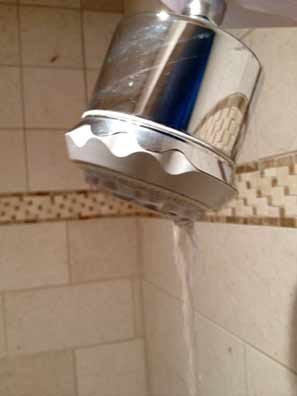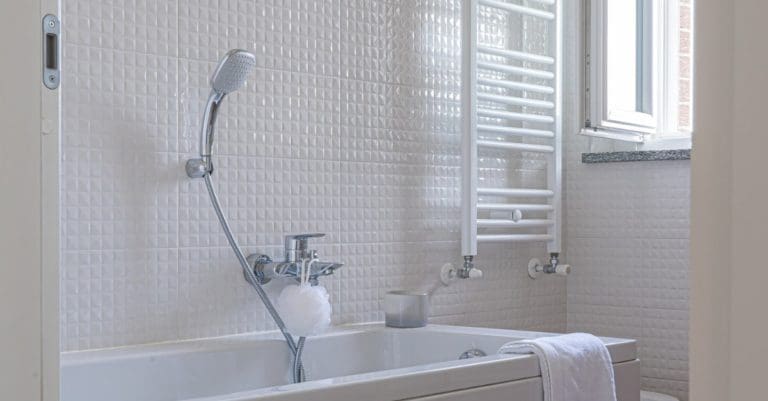Guidance for Locating and Rectifying Bath Water Leaks: A Practical Solution
Guidance for Locating and Rectifying Bath Water Leaks: A Practical Solution
Blog Article
Were you hunting for related information on How to Detect and Fix a Bathroom Leak?

Restroom leakages are annoying as they disrupt your day's strategy. It is an alleviation that a lot of restroom leakages are very easy to identify and deal with, with minimal cost effects.
Having a water leak in washroom can be stressful to the home owner. But taking care of the leakage ends up being an easy problem if you understand what to do. This short article is important as a residence overview to repairing a water and detecting leak in bathroom. It does not change the requirement for specialist experience. The short article works as a "first aid" when you require an emergency response to a water leakage in restroom.
Detection and also Repair Service of Water Leak in Washroom
Water leakage in washroom commonly results from plumbing and pipeline mistakes. There are several sorts of bathroom leaks. You may require a standard expertise of these leakage types to detect the water leak in shower room. Here are the typical bathroom leaks and take care of ideas:
Sprinkle Leaks
These frequently result from water splashing on the bathroom flooring from the bathtub. It is a consequence of using an inadequate shower drape or worn tub cellular lining. It harms the shower room flooring and also might trigger rot to wood floors and also washroom doors. The water usually swimming pools around the bathtub or shower. This might cause even worse bathroom damage without prompt handling.
What to Do
This restroom leakage is the simplest to fix. You only need to replace the curtains or recaulk the bathtub or shower. If the leakage has harmed the restroom flooring or door, you might need to change these to avoid further damages. Fortunately is that you can involve a pipes expert to aid with the restroom fixing.
Commode Leaks
Often, water leaks from the bathroom and swimming pools around the toilet base. It is an eye sore in the washroom as well as needs punctual interest. Sometimes, it arises from a loose link in between the bathroom as well as the storage tank. This creates water to drip from the tank to the floor. It might additionally arise from fractures in the toilet dish or a faulty shut-off valve.
What to Do
You just need to tighten them if there are loose bolts in between the cistern and commode. Occasionally you may need to reapply wax on the gasket or contact a washroom leakage expert to change used or broken components.
Clogged Bathroom Sinks
Often, the water leak in bathroom results from sink blockages. This is frequently an annoyance to property owners and may be undesirable. Blockages might arise from the build-up of soap scum, hair fragments, or debris that clog the drainpipe. It is very easy to deal with clogs, as well as you may not require specialist abilities.
What to Do
You can make use of a drainpipe serpent to get rid of the particles in the drain as well as let the stationary water flow. Drain pipes cleansers are likewise offered in stores as well as are simple to make use of.
Verdict
Water leakages in the shower room are preventable events in the home. When they do, repair them promptly, or involve the services of an expert.
The article serves as a "very first aid" when you need an emergency response to a water leakage in bathroom.
Water leakage in restroom generally results from pipes and pipeline mistakes. You may require a fundamental knowledge of these leak kinds to discover the water leak in bathroom. It damages the bathroom floor and might cause rot to wood floors as well as washroom doors. Sometimes, the water leak in washroom results from sink blockages.
Tricks for Locating a Water Leak in Your Bathroom
Run a Test Using Your Water Meter
One of the clearest indications of a leak in your household is if there’s a sudden unexplained increase in the water bill. For the most part, your water usage shouldn’t change too much from month to month, so a sudden surge is a surefire warning sign.
For further evidence of a leak, Bob Vila recommends this simple test. First, "turn off all the water faucets in your home, and make sure the washing machine and dishwasher are not running." Go to your water meter and look over the reading. After two hours, see if there is a change in the reading. If there is, you've definitely got a leak on your hands and it may be coming from your bathroom!
Test The Toilet
Toilets are among the leading culprits when it comes to unexplained leaks. The rubber stopper (knowns as the flapper) that separates the tank from the bowl can become brittle over time, creating a leak. If you have a toilet that periodically runs on its own for a few seconds, this is probably why.
To confirm your suspicions, put a couple of drops of food coloring into the tank of the toilet. Return after a few minutes and check the bowl. If the dye has entered the bowl, then there’s a leak that should be repaired.
Check for Water Damage to The Walls and Ceilings
If you have a leak emanating from an upstairs bathroom, one of the first things you’ll notice is water damage on the ceiling of the room below. Watermarks and discoloration are clear indicators of leaks, but you might also notice flaking or peeling paint.
Remember: Water doesn't always follow predictable routes. So if you see water marks on the walls, those could also be the result of a leaky upstairs bathroom.
Be Aware of Musty Odors
When it comes to bathroom leaks, the nose often knows best. An undetected leak can go on for quite some time, resulting in the ideal conditions for mold and mildew. Mold has an unpleasant odor and is a sign that your home could be suffering from significant water damage. It’s also a health hazard, especially for those who suffer from respiratory illnesses and allergies, so it's important you have it remedied as quickly as you can.
Inspect Bathtub and Shower Seals
You might not see any leaks or notice any obvious signs of water damage, but it’s important that you look for gaps between the seals surrounding your shower, bathtub, and walls. These kinds of leaks may require extensive renovations if they’re not repaired promptly.
Any presence of moisture on the seals is indicative of a problem, as is peeling or bubbling paint on the bathroom walls. If you have vinyl flooring, be cognizant of curling or bubbles and soft spots in the wood beneath.
https://www.waterdamagerestorationaz.com/locating-bathroom-water-leak-tricks

I discovered that article about How to Detect and Fix a Bathroom Leak when browsing the web. Do you know somebody who is in the market for the niche? Why not share it. I cherish reading our article about How to Detect and Fix a Bathroom Leak.
Free Quote Report this page